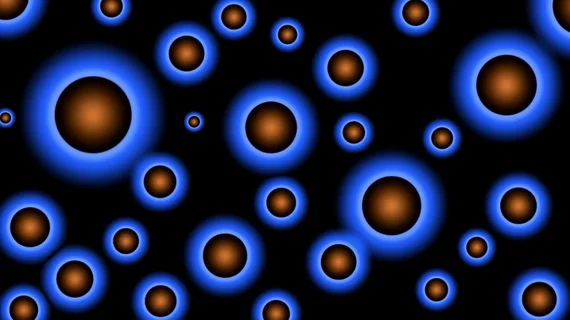Novel PET imaging tracer helps researchers diagnose rare form of lymphoma
Clinicians can reliably use PET imaging with the tracer 68Ga-pentixafor to diagnose patients with a rare form of lymphoma, according to a new proof-of-concept study.
That research, shared in the December issue of the Journal of Nuclear Medicine, demonstrated that 68Ga-pentixafor PET yields outstanding contrast characteristics between central nervous system (CNS) B-cell lymphoma lesions and surrounding healthy brain tissue.
The technique may also be valuable for pinpointing patient-specific risks and assessing treatment responses, according to Ulrich Keller, MD, PhD, head of the department of hematology, oncology, and tumor immunology at Universtitätsmedizin Berlin in Germany.
“CNS B-cell lymphoma is a rare malignancy that has several clinical challenges, including diagnosis, risk stratification and optimization of treatment,” Keller added in a statement published on Dec. 9. “MRI is the current standard imaging technology for this disease, and while it provides high sensitivity, it offers only moderate specificity.”
Because of these factors, Keller said that new molecular and functional imaging approaches are “urgently” needed.
The researchers retrospectively imaged 11 patients with the new radiopharmaceutical. Four underwent PET/CT, while seven received a PET/MRI scan. In each patient, researchers targeted the CXCR4 biomarker crucial to the growth, survival and spread of B-cell lymphoma.
PET imaging with 68Ga-pentixafor showed a high tumor-to-background ratio with exceptional contrast, the authors noted. For nine of the 11 participants, the CXCR4 biomarker was highly expressed in lymphoma lesions. And radiotracer uptake values indicated that lesions with lower uptake were associated with a better response to standard treatment.
“This is significant…as CXCR4-directed PET imaging with 68Ga-pentixafor could not only facilitate diagnostic workup and response assessment but could also serve as a biomarker for selecting patients with a dismal prognosis who could benefit from more intense treatment options,” Peter Herhaus, MD, with Technische Universität München’s School of Medicine in Germany, explained. “CXCR4-targeted theranostics thus moves nuclear medicine further on the track toward biomarker-informed molecular medicine.”

